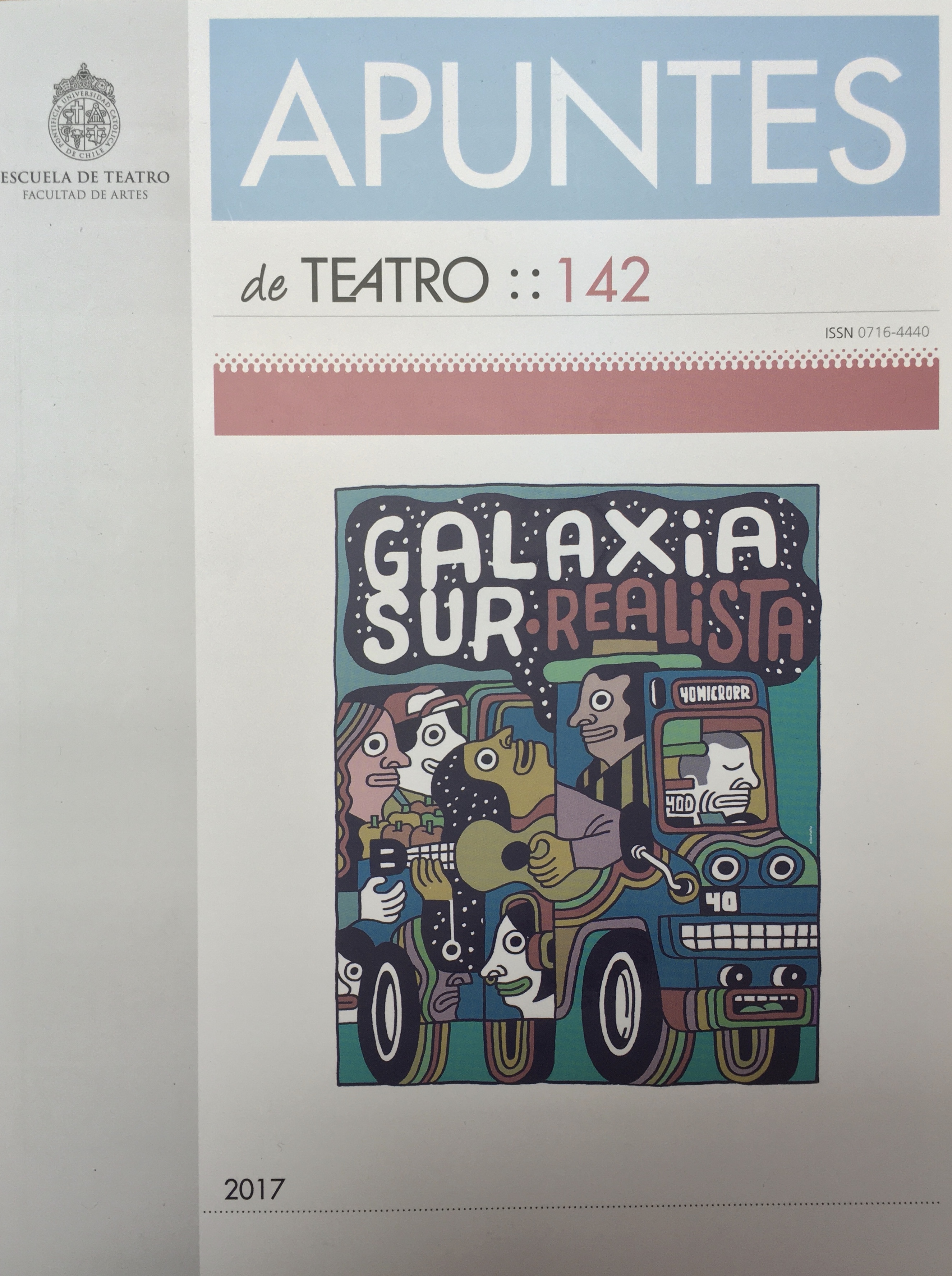Chola Identity in the Play Joven, Rica y Plebeya by Bolivian Playwright Raúl Salmón de la Barra
Keywords:
Cholo(a), identity, hybridity, heterogeneity, popular theatreAbstract
Bolivian playwright Raúl Salmón de la Barra installed, in the theatre scene in the 1950s, two figures: the cholo and chola, who, since the sixteenth century, have been considered a contamination of the “pure Andean world”. His work Joven, rica y plebeya (Young, rich and plebeian) is inscribed within the framework of the hybrid literary production. Here the “one” and the “other”, “conqueror and conquered” (Valdés 8) are two sides that are mixed: A chola clothing (skirts), a creole food (tunta and chuño); an affectionate language. The character of the daughter seeks an identity in which the conflicts implied by her “imaginary heterogeneity” are annulled (Cornejo Polar 19). However, this daughter of chola returns home, which is part of the popular theater.


